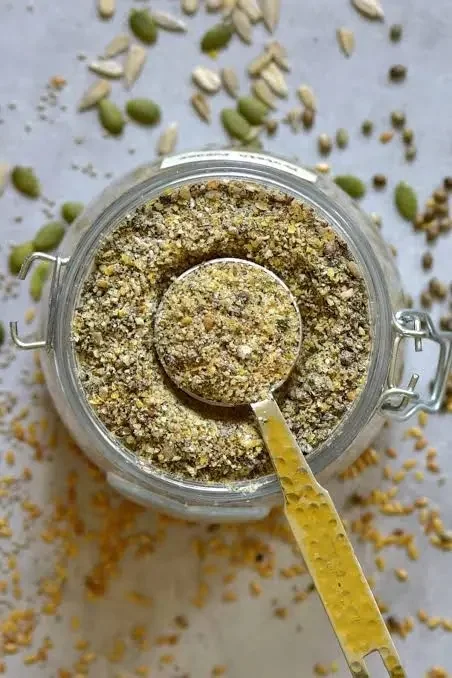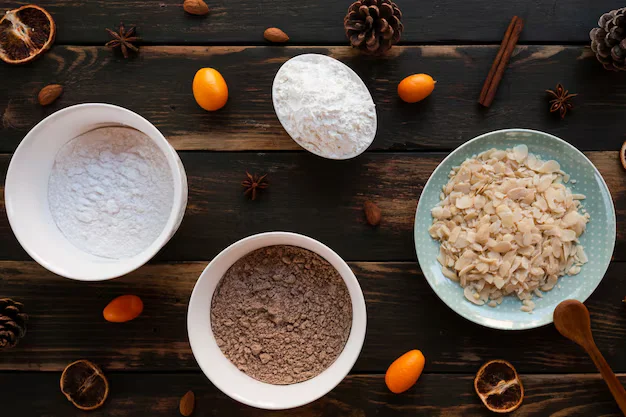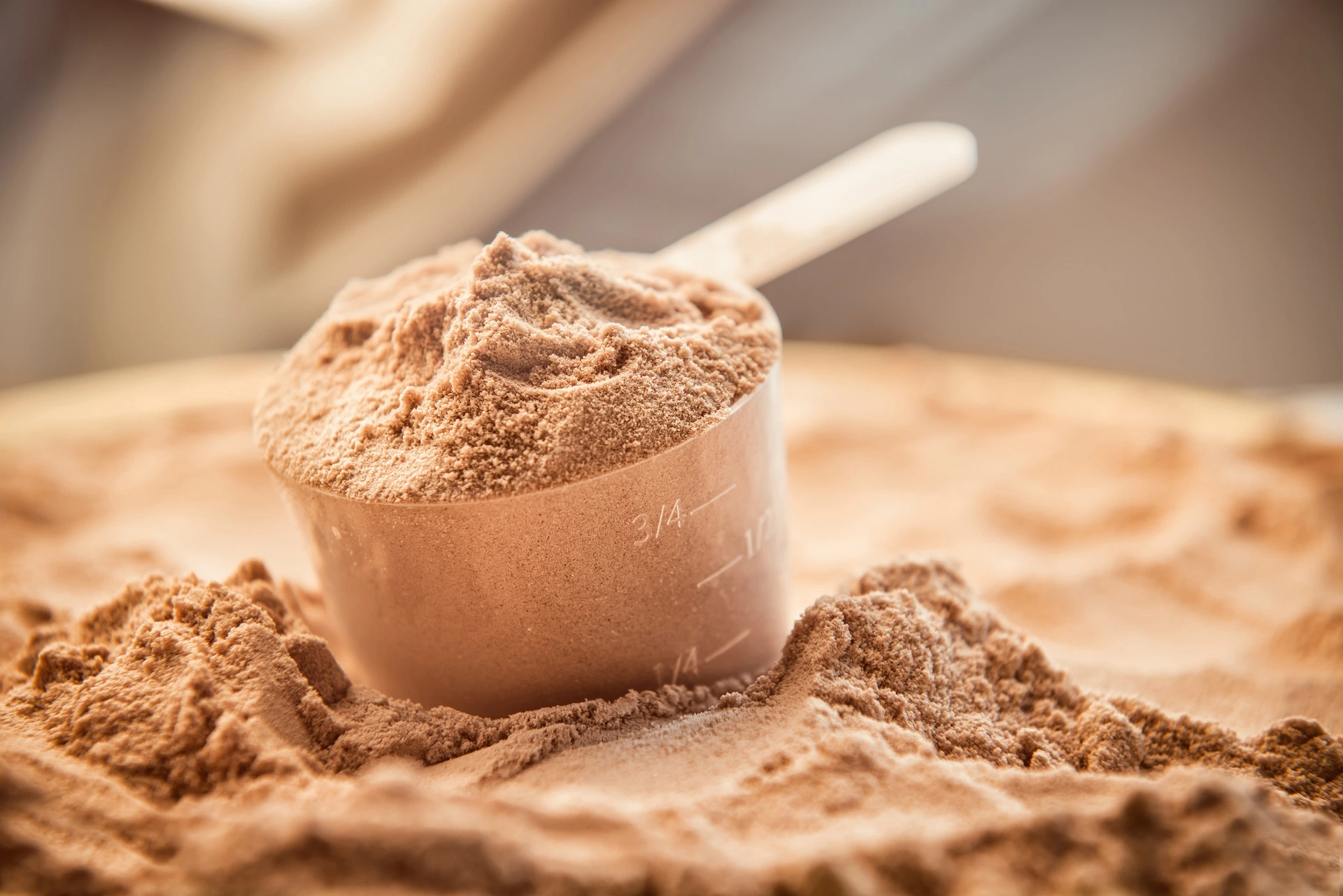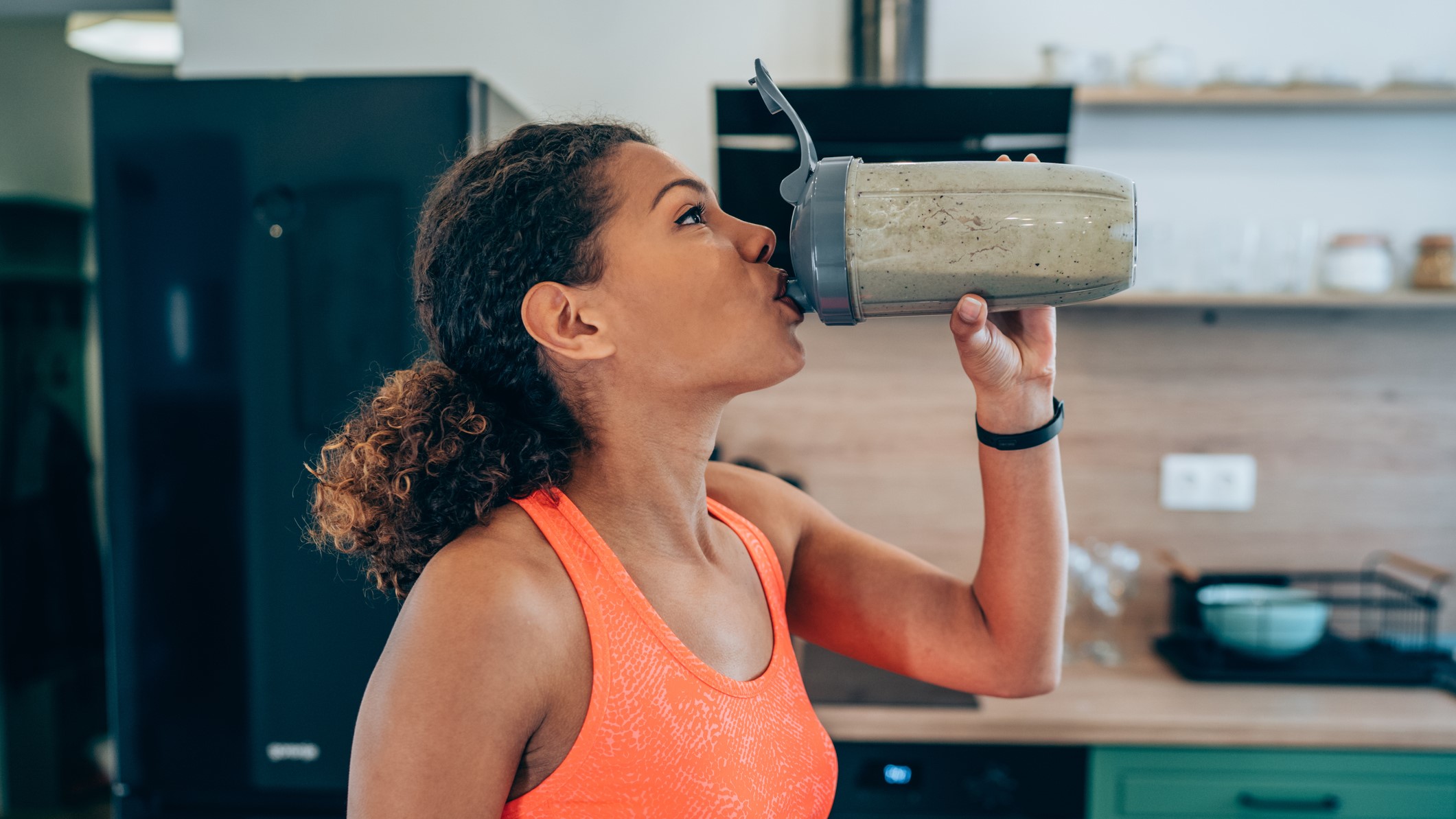Creating your own protein powder offers numerous benefits, from controlling ingredients to customizing nutrition for your specific needs. With plant-based options gaining popularity, DIY protein blends are an affordable, natural, and versatile alternative to store-bought powders. In this guide, we’ll walk you through how to make your own protein powder, explain the benefits of using plant-based protein powder, and share three simple recipes, along with answers to frequently asked questions.
Benefits of Homemade Protein Powder
- Control Over Ingredients: By making your own protein powder, you avoid artificial flavors, sweeteners, and additives found in commercial options.
- Cost-Effective: Purchasing raw ingredients can be more economical than buying pre-made powders, especially if you’re looking for an organic protein powder blend.
- Customizable: Whether you’re vegan or just looking to increase your protein intake naturally, you can tailor the ingredients to fit your dietary preferences, making it ideal for creating the best vegan protein powder.
Recipe 1: High-Protein Seed Blend

This protein powder blend uses nutrient-rich seeds to provide a complete protein source, ideal for adding to smoothies or oatmeal.
Ingredients:
- 1 cup hemp seeds
- 1 cup chia seeds
- 1 cup pumpkin seeds
- ½ cup sunflower seeds
- ½ cup flaxseeds
- 1 cup dried lentils
Recipe Steps:
- Ensure all seeds and legumes are dry and roast lightly for flavor.
- Blend all ingredients into a fine powder using a high-speed blender or food processor.
- Store in an airtight container for up to 3 months.
- Add 2-3 tablespoons to smoothies, oatmeal, or shakes for a protein boost.
Recipe 2: Nut and Seed Protein Powder
This recipe is rich in protein, fiber, and healthy fats, making it a great addition to your daily nutrition plan.
Ingredients:
- 1 cup almonds
- 1 cup sunflower seeds
- ½ cup hemp seeds
- ½ cup chia seeds
- 1 tablespoon cinnamon (optional)
Recipe Steps:
- Toast the almonds and sunflower seeds lightly in a pan.
- Blend the almonds and seeds into a fine powder.
- Add chia and hemp seeds and blend again until you achieve a smooth, consistent powder.
- Stir in the cinnamon for added flavor and store in an airtight container.
- Use 2-3 tablespoons in smoothies or sprinkle on yogurt or cereal.
Recipe 3: Oat and Pea Protein Blend
For those who want a gluten-free option, this recipe combines oats and peas to create a high-protein, fiber-rich powder.
Ingredients:
- 1 cup rolled oats
- 1 cup yellow split peas (dry)
- ½ cup quinoa (optional)
- 1 tablespoon vanilla powder (optional)
Recipe Steps:
- Toast the oats and quinoa (if using) until slightly golden.
- Blend the oats, split peas, and quinoa into a fine powder.
- Mix in the vanilla powder for flavor.
- Store in an airtight container and add 2-3 tablespoons to smoothies or shakes.
Nutritional Benefits of Plant-Based Ingredients
Each of these recipes contains nutrient-dense ingredients that contribute to making a natural protein powder:
Hemp seeds: Rich in protein and essential fatty acids.
Chia and flax seeds: High in fiber and omega-3s, supporting digestion and reducing inflammation.
Nuts and seeds: Provide protein, healthy fats, and essential minerals like magnesium and zinc.
Lentils and peas: Excellent sources of plant-based protein, fiber, and iron.
These blends are not only versatile but also fully customizable, offering the best plant protein powder for various uses like smoothies, shakes, or even baking.
Also Read
How to Choose the Best Protein Powder for Your Health and Fitness Goals
MuscleBlaze vs Optimum Nutrition: Which Whey Protein is Best?
Top 5 Protein Brands To Buy On Amazon In 2024
FAQs About DIY Protein Powder
- How much protein is in homemade protein powder?
- This depends on the ingredients used. For example, the first recipe provides approximately 15-20 grams of protein per 100 grams, comparable to store-bought protein powder for smoothies.
- Can I customize the recipe for specific dietary needs?
- Yes, you can adapt the recipe by adding ingredients such as quinoa, oats, or chickpeas to create a broader amino acid profile. For higher fiber content, add more flax or chia seeds.
- Is homemade protein powder safe?
- Yes, as long as fresh, quality ingredients are used and stored properly. Homemade protein powder is typically more natural and free from preservatives found in commercial products, making it a clean organic protein powder option.
- How can I use homemade protein powder?
- The powder can be added to smoothies, mixed into oatmeal or yogurt, or used in baking recipes like protein bars.
- How does homemade powder compare to store-bought options?
- Commercial powders may contain artificial ingredients and fillers, while homemade protein powders give you full control over what you’re consuming, making them a cleaner and more customizable choice.
Some of the Best Selling Whey Proteins Available on Amazon:
1- My Protein
2- BigMuscle
4- Beast Life
5- ASITIS
Conclusion: Why Make Your Own Protein Powder?
Making your own vegan protein powder at home is an easy and cost-effective way to ensure you’re getting clean, natural ingredients. By creating your own blend, you can customize the flavor, texture, and nutritional content to match your dietary preferences, whether you’re seeking a high-protein powder for post-workout recovery or an organic protein powder to supplement your daily nutrition. With the recipes and information provided, you now have the tools to make the best vegan protein powder for your lifestyle.









[…] Also Read: DIY Protein Powder Recipes: Make Your Own Protein Blends […]